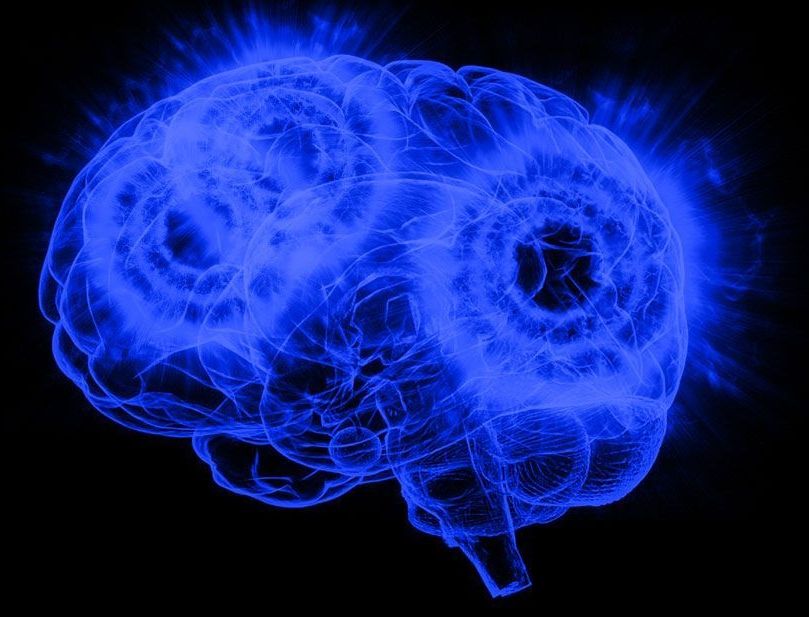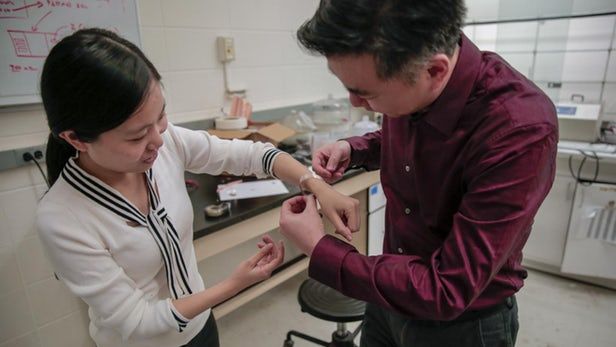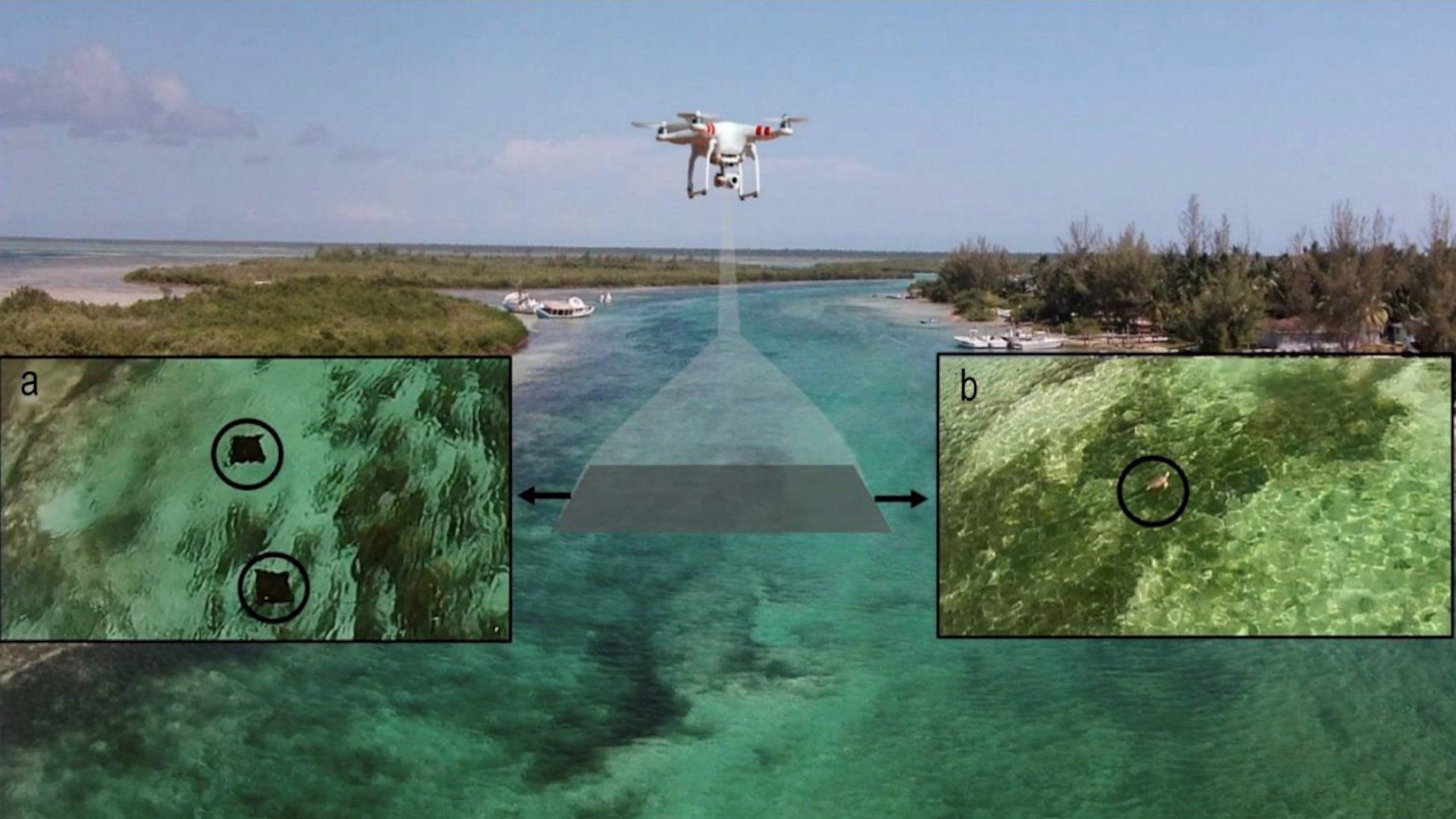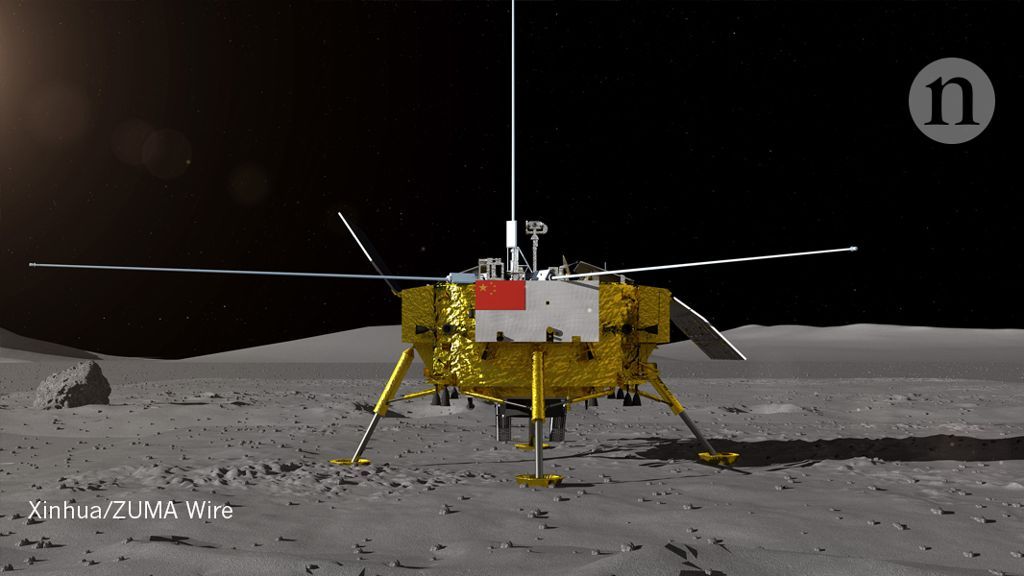It’s a start for developing novel therapies.






For some time now, scientists have known that electrical currents can help heal chronic wounds. And while there are electrotherapy units that are in use, they can be quite bulky and complex. That’s why researchers have created an “electric bandage” that’s powered by the motion of the body.



During my first full day here, I broke my first record by generating more electrical power than any previous robot on the surface of Mars. I’m in a sandy area with few rocks, soaking up the Sun. 🌞 More about where I landed: http://go.nasa.gov/2RvGiMl&h=AT18X8EjCOTXbtitHthnNUzrg5IiHWx…p1W1lBoVnw

The first stars flickered into being a few hundred million years after the big bang. Since then, galaxies have churned out stars at a stupendous rate, and scientists estimate there were now about a trillion trillion.
In total, the astronomers estimate, stars have radiated 4×1084 photons (a photon being the smallest unit of light). Or put another way: 4,000,000,000,000,000,000,000,000,000,000,000,000,000,000,000,000,000,000,000,000,000,000,000,000,000,000,000,000 photons.
The astronomers based their calculation on measurements of the extragalactic background light (EBL), a cosmic fog of radiation that has been accumulating since stars first illuminated the dark, vast expanse of space.
